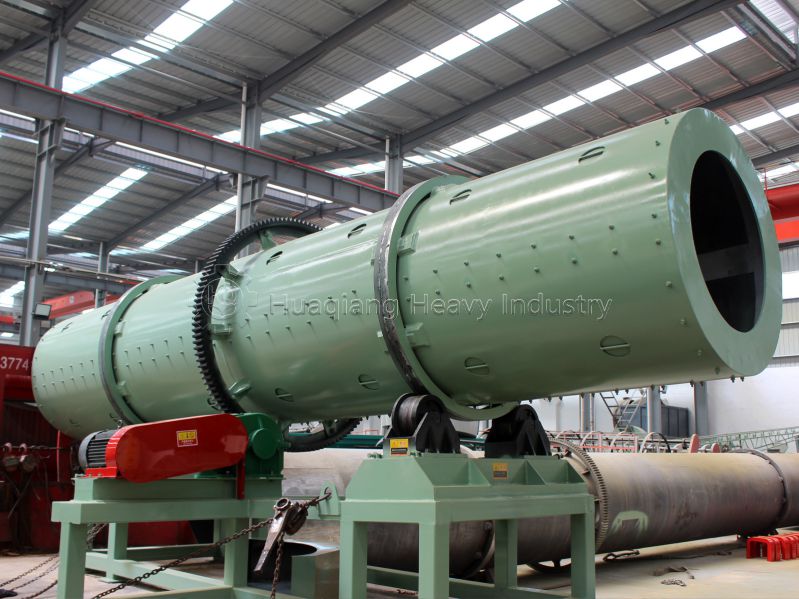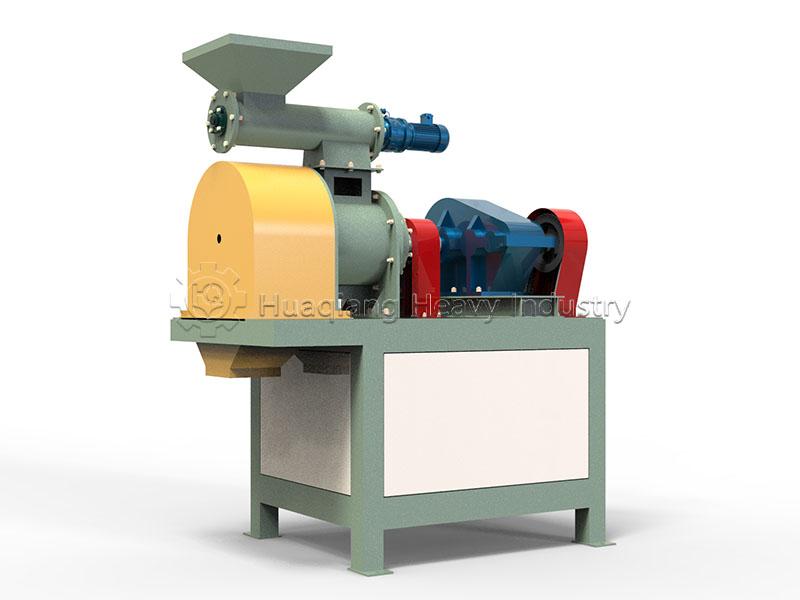In fertilizer production, the rotary drum granulator acts as a dynamic stage where raw materials are transformed into uniform fertilizer pellets. While the drum granulator uses tumbling motion and liquid binders for agglomeration, the roller press granulator employs high-pressure compaction to densify powder into granules without moisture. Each fertilizer production machine serves a distinct purpose: drum granulators excel in creating spherical organic fertilizers, whereas roller press systems are ideal for mineral-based blends. This synergy of fertilizer making machines ensures efficient fertilizer granules formation, balancing plasticity and hardness for optimal nutrient delivery.

1. The Gorgeous Transformation of Raw Materials
Material Preparation: Various fertilizer materials are “sculpted” by the crusher into fine 0.1-1mm powder. Organic materials also need fermentation “aging”, just like fine wine requiring time to mature.
Precise Formulation: Like baking requiring exact measurements, various materials are strictly weighed according to the formula to ensure consistent quality in every batch.
Perfect Blending: In the mixer, materials dance a 5-15 minute “waltz” until every component is evenly distributed, laying a solid foundation for granulation.
Imagine making meatballs: first chop and mix ingredients, then roll into balls – the working principle of rotary drum granulator is surprisingly similar!
2. The Magical Moment in the Drum
The blended materials enter the “magic cauldron” of the rotating drum, constantly tumbling and colliding. The spraying device adds water or binder timely, like spring rain moistening the earth, helping loose materials gradually agglomerate into perfect 1-6mm pellets.
Operation Tip: Adjusting drum speed, tilt angle and water addition is as crucial as controlling heat, directly affecting pellet quality and yield.
3. Refinement Creates Excellence
Drying: Fresh pellets take a “sauna” at 80-150℃, reducing moisture content below 10% to ensure storage stability.
Cooling & Screening: After “cooling down”, pellets go through strict “interview” – only 1-6mm qualified products pass the screening, others “retrain”.
Perfect Packaging: Finally, these carefully cultivated pellets put on “clothes” of woven or plastic bags, ready to embark on the journey to nourish the earth.
With stable performance and high efficiency, the rotary drum granulator has become an indispensable “granulation master” in fertilizer production. Next time you see those round, uniform fertilizer pellets, think about the wonderful transformation they’ve undergone.







